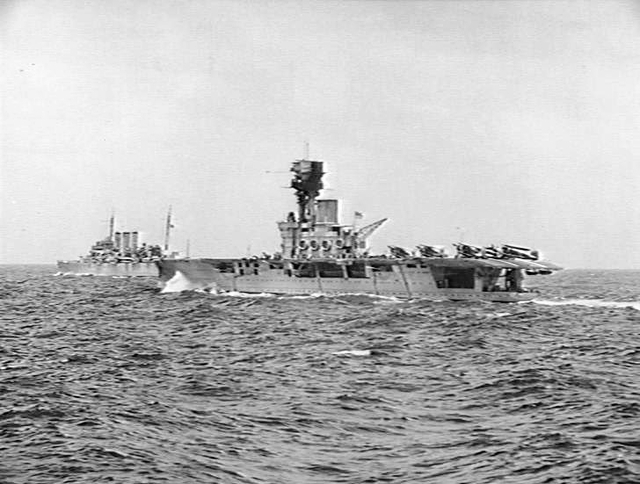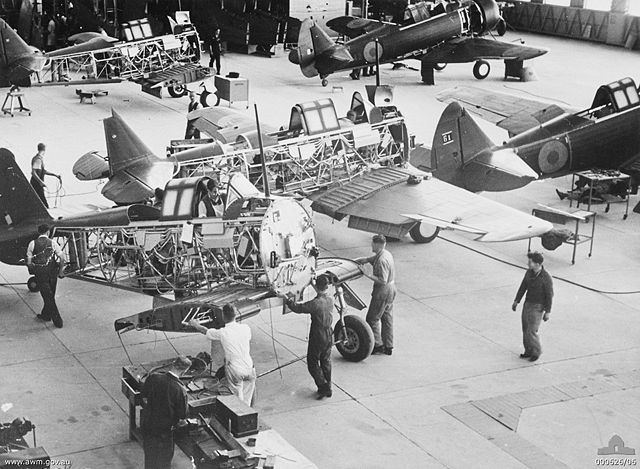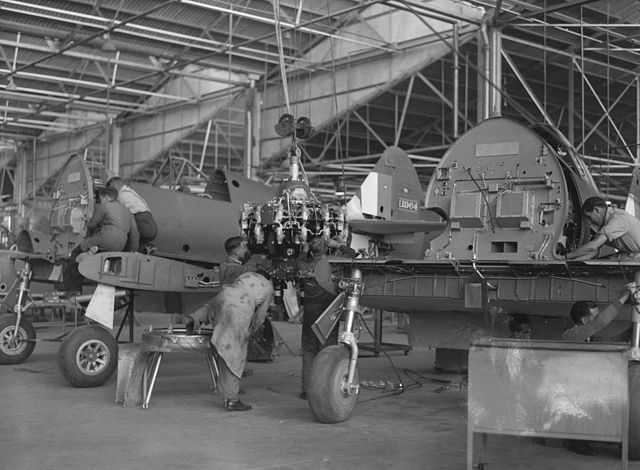That could be done if the ship was built with a conventional superstructure and funnel on the centre line, but was designed so that she could be quickly converted to an aircraft carrier. The OTL Unicorn was built after the tonnage quotas were abolished so it didn't matter if the other navies thought she was an auxiliary or a proper warship. The Japanese did a similar thing with their submarine and flying boat depot ships that were designed for rapid conversion into aircraft carriers.
However, I still contend that an Ark Royal in the early 1930s (replacing Eagle which was allowed under the Washington Treaty) or an Illustrious after 1936 was more cost-effective.
1. For the purposes of the Washington Treaty, the definition of an aircraft carrier given in Chapter II, Part 4, of the said Treaty is hereby replaced by the following definition:
The expression "aircraft carrier" includes any surface vessel of war, whatever its displacement, designed for the specific and exclusive purpose of carrying aircraft and so constructed that aircraft can be launched therefrom and landed thereon.
2. The fitting of a landing-on or flying-off platform or deck on a capital ship, cruiser or destroyer, provided such vessel was not designed or adapted exclusively as an aircraft carrier, shall not cause any vessel so fitted to be charged against or classified in the category of aircraft carriers.
3. No capital ship in existence on 1 April 1930 shall be fitted with a landing-on platform or deck.
A lawyer could make an argument that a depot ship is not a surface vessel of war it's an Auxillary so does not count. However what's sauce for the goose...
But practically the RN had the right to replace any of its experimental aircraft carriers with new build so in practise if Australia wants to pay for a new carrier in 1935, plan to replace say hermes by 1937 - 38 with the new Australian carrier. then don't scrap Hermes in 38
But what sort of ship could you build for 11,000 tonnes standard displacement in 1936 for about the same cost as a county?
Would it be much better than a Hermes?




